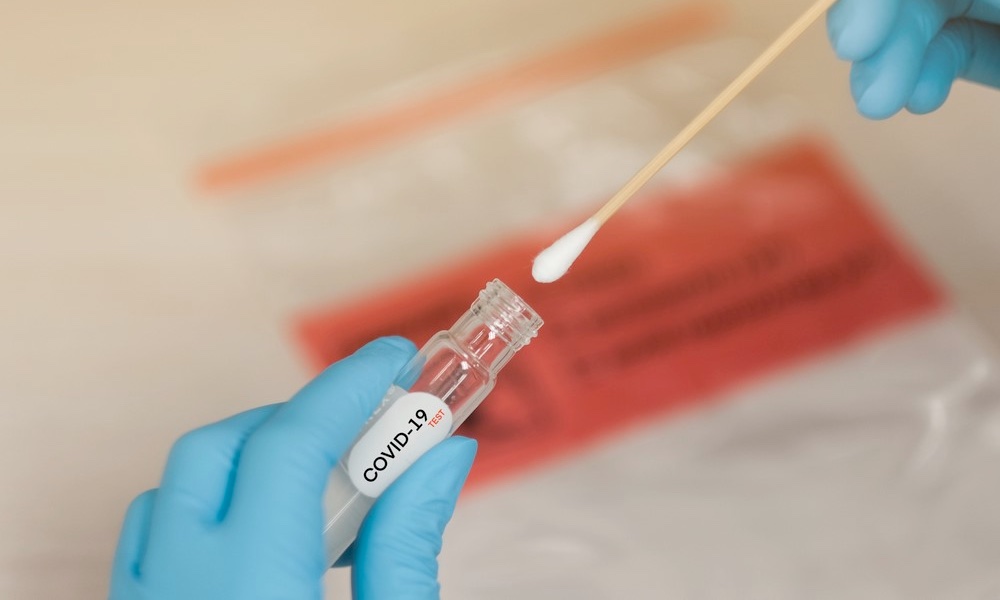Testing and contact tracing are seen as two of the best ways to prevent a resurgence of SARS-CoV-2, the virus that causes COVID-19, as U.S. states and other countries begin to reopen. If it were easy for people to test themselves at home to see if they had been exposed to the virus, it would slow its spread by unwitting carriers. The early identification of those positive for SARS-CoV-2 means they can isolate quickly and it also makes contract tracing easier.
A home-based testing strategy would ideally target people early in the course of the illness, when they are most likely to spread the virus, but least likely to seek medical care. So a team of researchers from the University of Washington and the Seattle Children’s Research Institute decided to compare the accuracy of tests done with nasal swabs collected at home to swabs collected by a clinician in a medical office or testing center.
They found that nasal swabs done at home could detect SARS-CoV-2 just as well as swabs done by a clinician, particularly in symptomatic patients with a high viral load, the detectable amount of SARS-CoV-2.The at-home test's ability to identify people as negative, who really didn’t have the virus, was about 98 percent.
Among the 185 participants, 158 (85 percent) were healthcare workers and 14 (nine percent) tested positive. Twenty-two percent tested positive for SARS-CoV-2 either via a clinician-administered swab of the back of the nose and throat (nasopharyngeal swab), a self-administered nasal swab done at home, or both. Common symptoms reported by participants with COVID-19 included muscle aches and pains called myalgia (33 participants, 80.5 percent); cough (28 participants, 68 percent); and fever (26 participants, 63 percent).
The sensitivity of self-administered swabs, their ability to correctly identify people who really were positive as positive for SARS-CoV-2, was 80 percent. The at-home test's ability to identify people as negative who really didn’t have the virus was about 98 percent.
Collecting your own sample at home has several advantages, said the researchers. A self-collected swab lets you get tested without potentially exposing others, said Logue, a research scientist at the University of Washington. And home testing can be easily increased to meet the demand.
In addition to the swabs taken for the current study, Logue and her colleagues also collected swabs over several weeks from people with COVID-19. The first swab was done at 48 hours after a positive test, and subsequent swabs were collected every two to three days. The team will analyze these swabs to quantify the changes in viral load over time.





